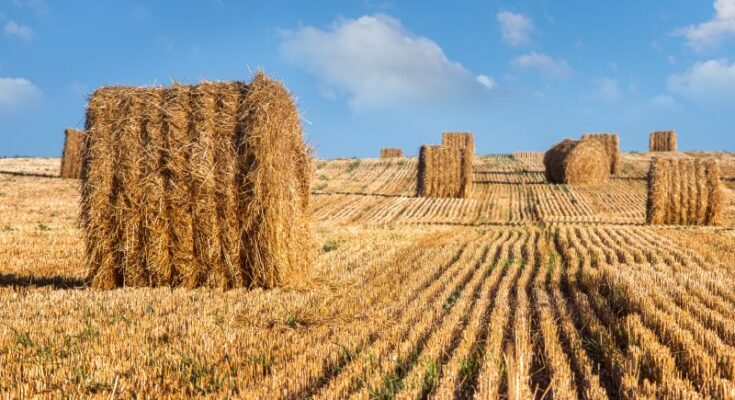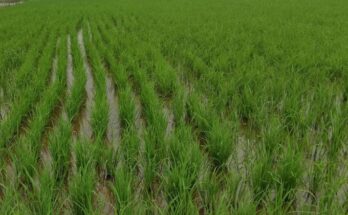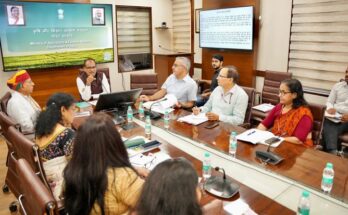Steps taken towards paddy straw management is yielding positive results. The total paddy area in the states of Haryana, Punjab and the eight NCR districts of Uttar Pradesh have come down by 7.72 per cent during the current year as compared to last year. Similarly, total paddy straw generation from the non-basmati variety is likely to be reduced by 12.42 per cent during the current year as compared to the previous year, Ministry of Environment, Forest and Climate Change (MoEFCC), Government of India has said today.
Both Central and state governments of Haryana, Punjab and UP have been taking measures to diversify crops as well as to reduce the use of PUSA-44 variety of paddy. The burning of paddy straw from the non-basmati variety of crops is the prime concern. Crop diversification and moving away from PUSA-44 variety with short duration high yielding varieties are part of the framework and action plan for control of stubble burning, the ministry has said.
As per data received from these three states, the total amount of paddy straw generated will come down this year. The total paddy straw generation is likely to come down by 1.31 million tonnes (from 20.05 million tonnes in 2020 to 18.74 million tonnes in 2021) in Punjab; by 0.8 million tonnes (from 7.6 million tonnes in 2020 to 6.8 million tonnes in 2021) in Haryana and; by 0.09 million tonnes (from 0.75 million tonnes in 2020 to 0.67 million tonnes in 2021) in the eight national capital region districts of UP this year, the ministry has informed.
You may also like: Telangana Govt inks MoU with Wingsure to provide AI-driven insurance and advisory services to farmers
According to the Ministry of Environment, Forest and Climate Change, the total quantity of straw generated by the respective states were 28.4 million tonnes in 2020 which is now expected to come down to 26.21 million tonnes in 2021. The decrease in non-basmati variety is expected to be even higher. Paddy straw generation specifically from the non-basmati variety of crops is expected to decrease from 17.82 million tonnes in 2020 to 16.07 million tonnes in 2021 in Punjab and from 3.5 million tonnes in 2020 to 2.9 million tonnes in 2021 in Haryana.
The Commission for Air Quality Management through a comprehensive framework had directed the respective state governments to promote short duration and early maturing varieties of crops since they can be managed quite efficiently and provide a much wider window for paddy straw management. As per recommendations of the Ministry of Agriculture and Farmers Welfare, Government of India, the Commission had actively pursued with state governments for promotion of the same.
Apart from this, crop diversification programmes are also being implemented in these regions to divert the area of water-guzzling paddy to alternate crops.




